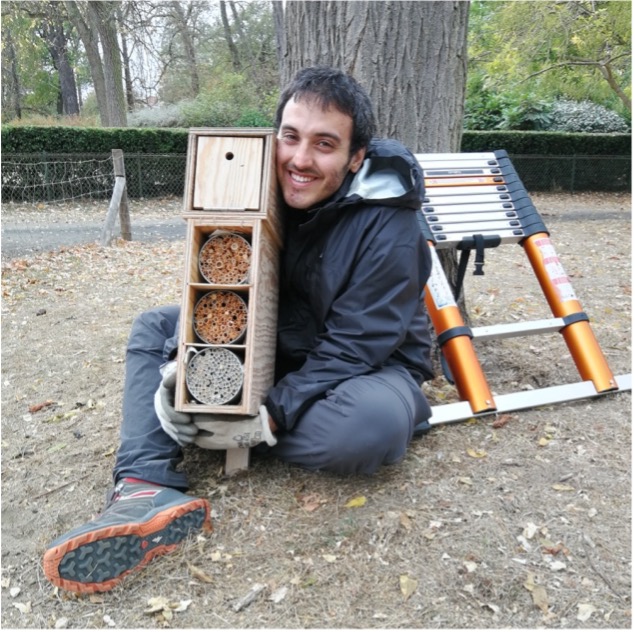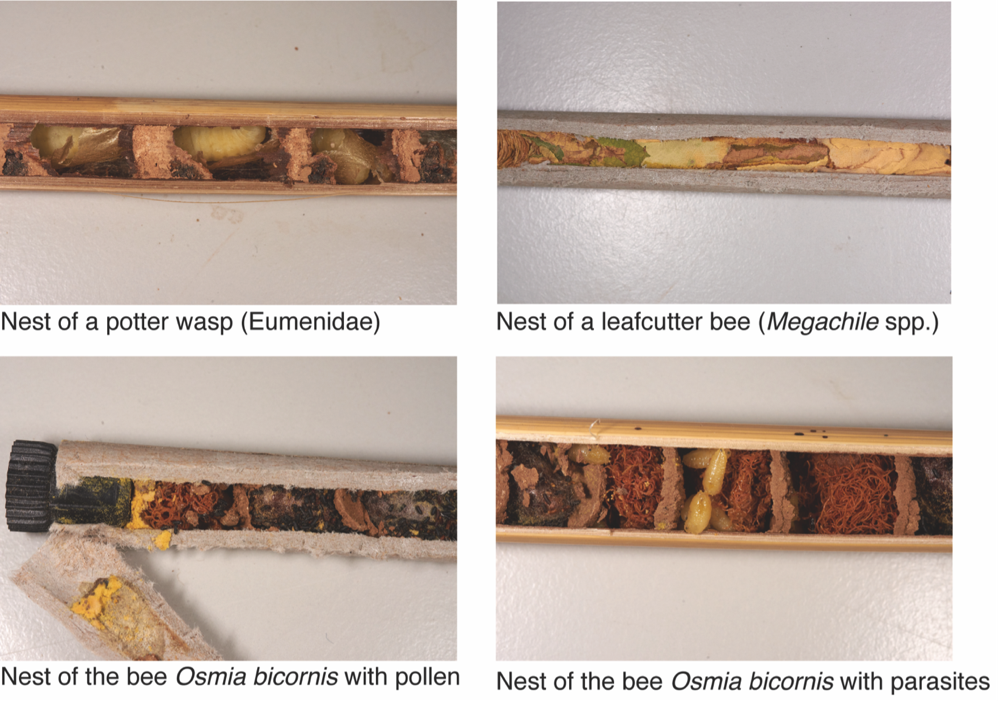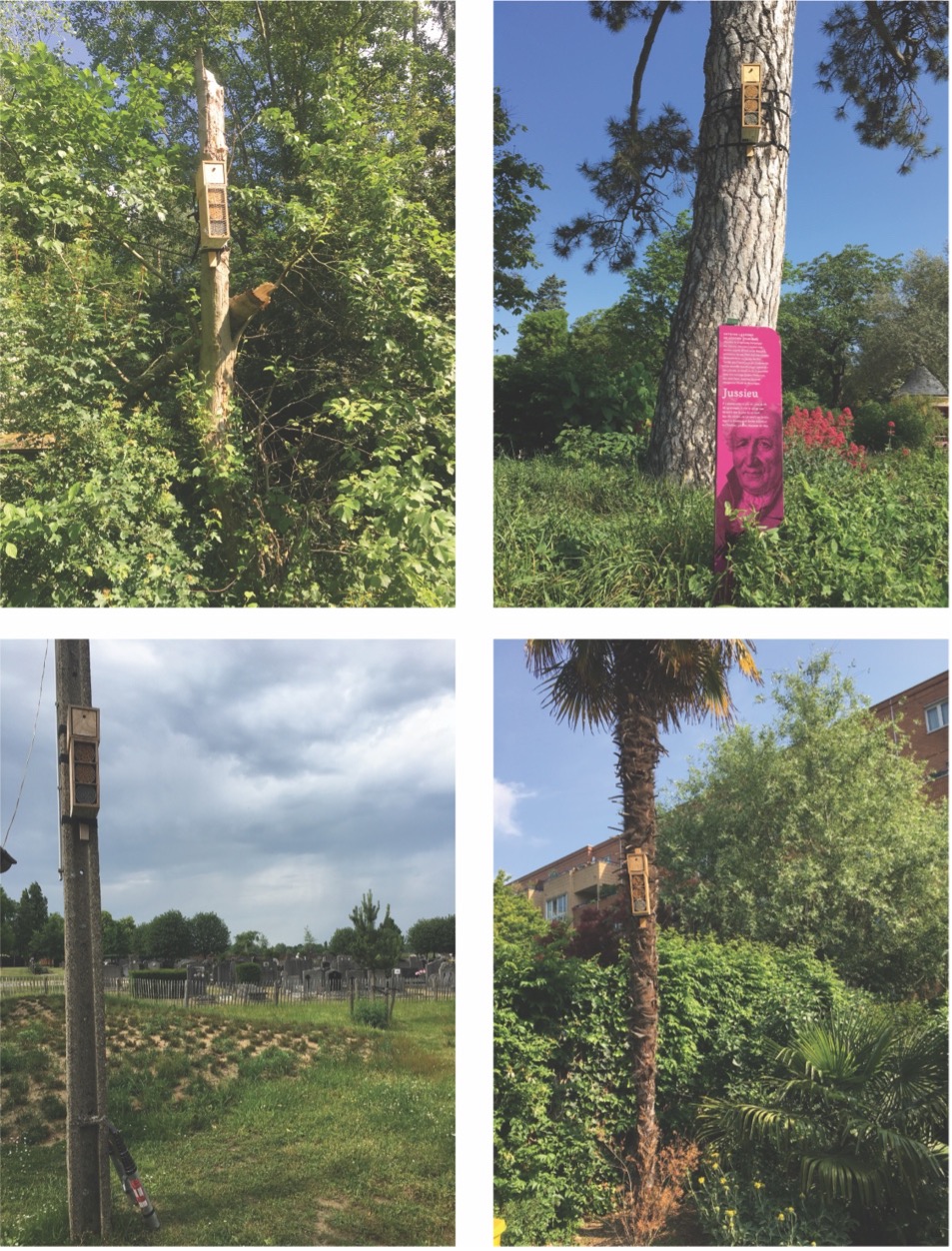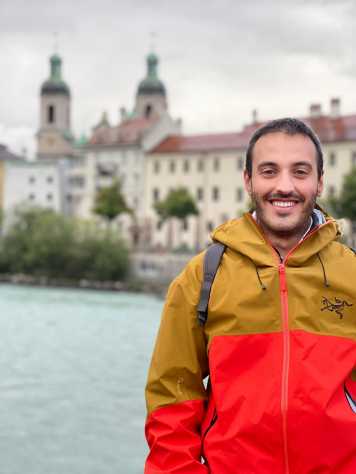BioVEINS
Connectivity of Urban Green Infrastructure: The Living Veins of a Healthy City
The current rate of urbanization is one of the main challenges for the conservation of biodiversity. Urban areas have been traditionally perceived as a human-made, hostile environment. Nonetheless, research has showed that urbanization is a highly heterogeneous process across spatial scales. Key components generating this heterogeneity are the composition and configuration of urban green areas (also called urban green infrastructures). Urban green areas encompass both the remnants of semi-natural habitats and the novel urban habitats (e.g. green roofs, parks, gardens) and may host richer and more diverse biota, particularly of invertebrates, since these green areas provide both food and nesting resources.
Currently, there is a scarcity of non-metaanalytic studies that address ecological questions in more than one city with standardized sampling procedures. Direct extrapolation of the biodiversity patterns and the socio-ecological processes and drivers behind them from one city to another is complex. First, each city has a unique geographic, historical, and environmental context. Second, the effect socio-ecological processes and drivers affecting urban biodiversity do not necessarily scale linearly with city size. Therefore, studies with including multiple cities would not only better account for the diversity of urban context but also, to investigate broad biodiversity patterns and compare them across urban ecosystems.
In that regard, the project BioVEINS aims to study the effects of the amount of available habitat, including quantity, quality and connectivity, on different taxa, such as cavity-nesting bees and wasps, plants or bats, as well as on their biotic interactions. The project BioVEINS represents an effort from different European research institutions to develop a standardized site selection methodology across seven European cities to successfully integrate multiple urban socio-ecological gradients. Furthermore, the selected cities cover a large part of the climatic, population density and city size variability in mainland Europe.
In the Swiss team (composed by Joan Casanelles Abella, Lucía Villarroya Villalba, Stefanie Müller, Martin Obrist and Marco Moretti), we have studied the urban biodiversity in 80 sites distributed in five cities (i.e. Antwerp, Belgium; Paris, France; Poznan, Poland; Tartu, Estonia; and Zurich, Switzerland), 32 in Zurich and 12 in each of the remaining four cities, selected following an orthogonal gradient of amount of available habitat that quantified habitat at the local and landscape scale. There are four main subprojects: (1) diversity of bats and nocturnal insects; (2) inventory of urban flowering plants; (3) Cavity-nesting bees and wasps and their natural enemies; (4) bee diet and distribution patterns
Bats and nocturnal insects
Since relatively little is known about the relationship between nocturnal animals and green spaces in comparison with diurnal organisms, in this subproject we monitored the activity and diversity of bats and nocturnal insects in three of the participating cities: Zurich, Paris and Antwerp. We used special devices to record the echolocation calls of bats in parks and other UGAs at night. These calls make it possible to accurately determine the species of bat. We also caught nocturnal insects using light traps in order to compare the number and species diversity of flying insects with those of bats. Overall, we found that light pollution, fragmentation of greenspaces, loss of woodland and scarcity of water bodies are key drivers negatively affecting the diversity of nocturnal animals.
Flowering plants
Urban ecosystems contain a enormous diversity of flowering plants, in part because of the horticultural and gardening activities, with urban plant pools composed of a mixture of both native and non-native species. In this subproject, we sampled flowering plants in our study cities and compiled traits that could be modulating interactions with pollinators.

Cavity-nesting bees and wasps
This subproject is focus on cavity-nesting bees and wasps (i.e. bees and wasps that are solitary and build their nests in existing cavities such as reeds, referred as CNBW), which were sampled using trap-nests. CNBW represent a very interesting system to monitor the effects of urbanization across ecological levels of organisation. Nesting behaviour has been identified as a key trait determining what species can persist in cities. CNBW are particularly promoted in urban ecosystems due to the facilitation of nesting structures by people (e.g. bee hotels) but also to the large availability of cavities mostly of artificial structures (wood, bricks) that are widespread in urban ecosystems. Due to their nesting behaviour, CNBW can be sampled using trap-nests. Trap-nests allows not only to obtain community level data such as trophic interactions, but also individual (e.g. fitness, traits) and population (e.g. mortality or parasitism rates) level data, which is quite challenging to obtain in insects.
Bee dietary preferences
Finally, in this subproject we have investigated the diet of the larvae of four bee species collected with the trap-nests. Specifically, we studied which plants are crucial for the survival of bee larvae using next-generation sequencing techniques (DNA metabarcoding) and how this influences the distribution of wild bees in cities. Our results provide valid information for preserving and promoting wild bees in urban areas.

BioVEINS is a European project in the frame of the research program ERA-NET BiodivERsA leaded by the Swiss Federal Institute of Research WSL. Contacts: Marco Moretti (project leader), Joan Casanelles Abella (PhD student), Lucía Villarroya Villalba (responsible of bat and nocturnal insects), Martin Obrist (leader of bats’ research).
Publications
external page WSL press release: Zurich home to many bats thanks to connected green areas
external page Casanelles-Alba et al: A dataset of the flowering plants (Angiospermae) in urban green areas in five European cities
external page Pinho et al: Research agenda on biodiversity and ecosystem functions and services in European cities
external page WSL press release: What urban bees feed on
Links
external page BioVEINS website (Biodiversa)
external page BioVEINS website (WSL)


